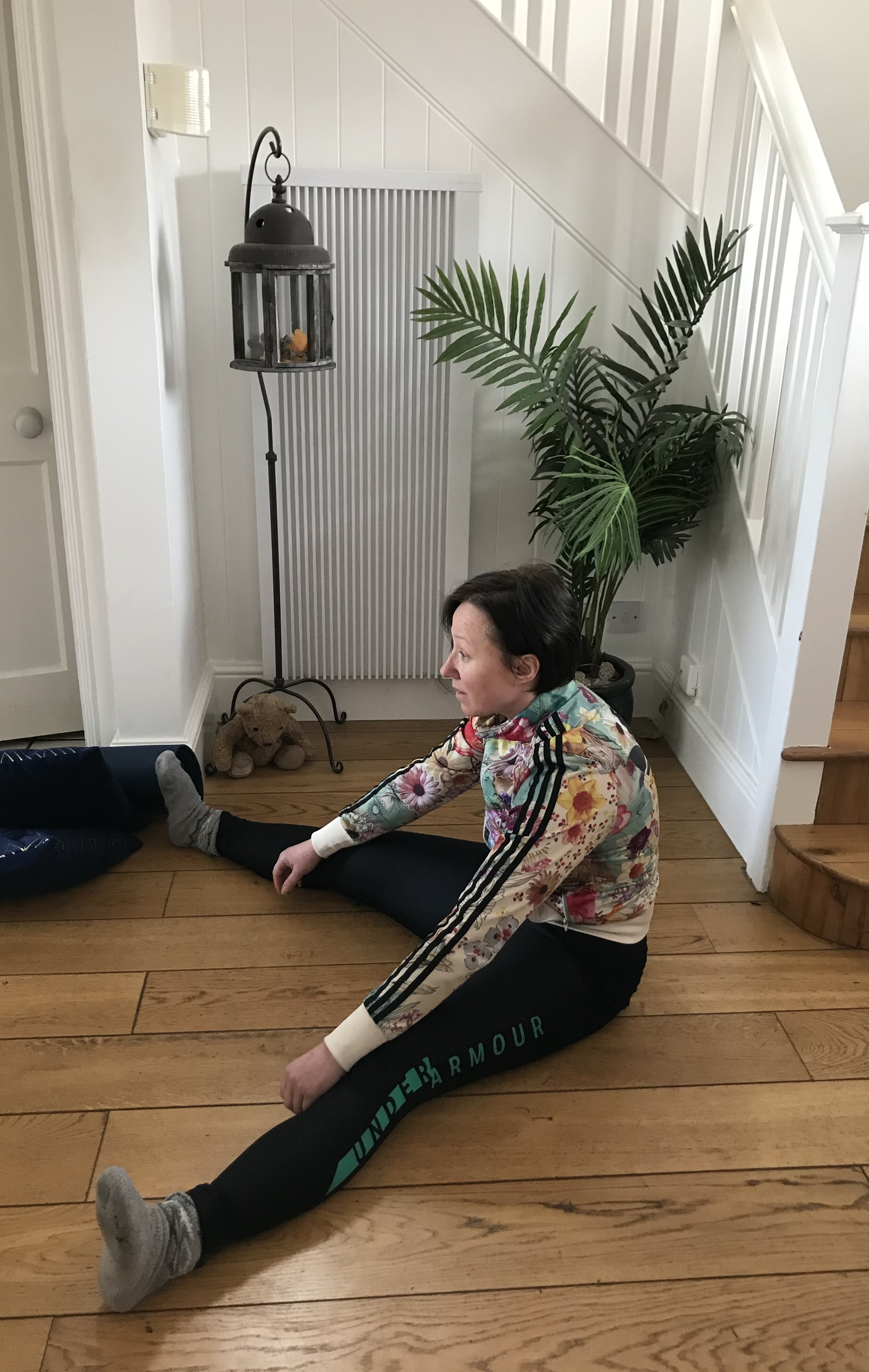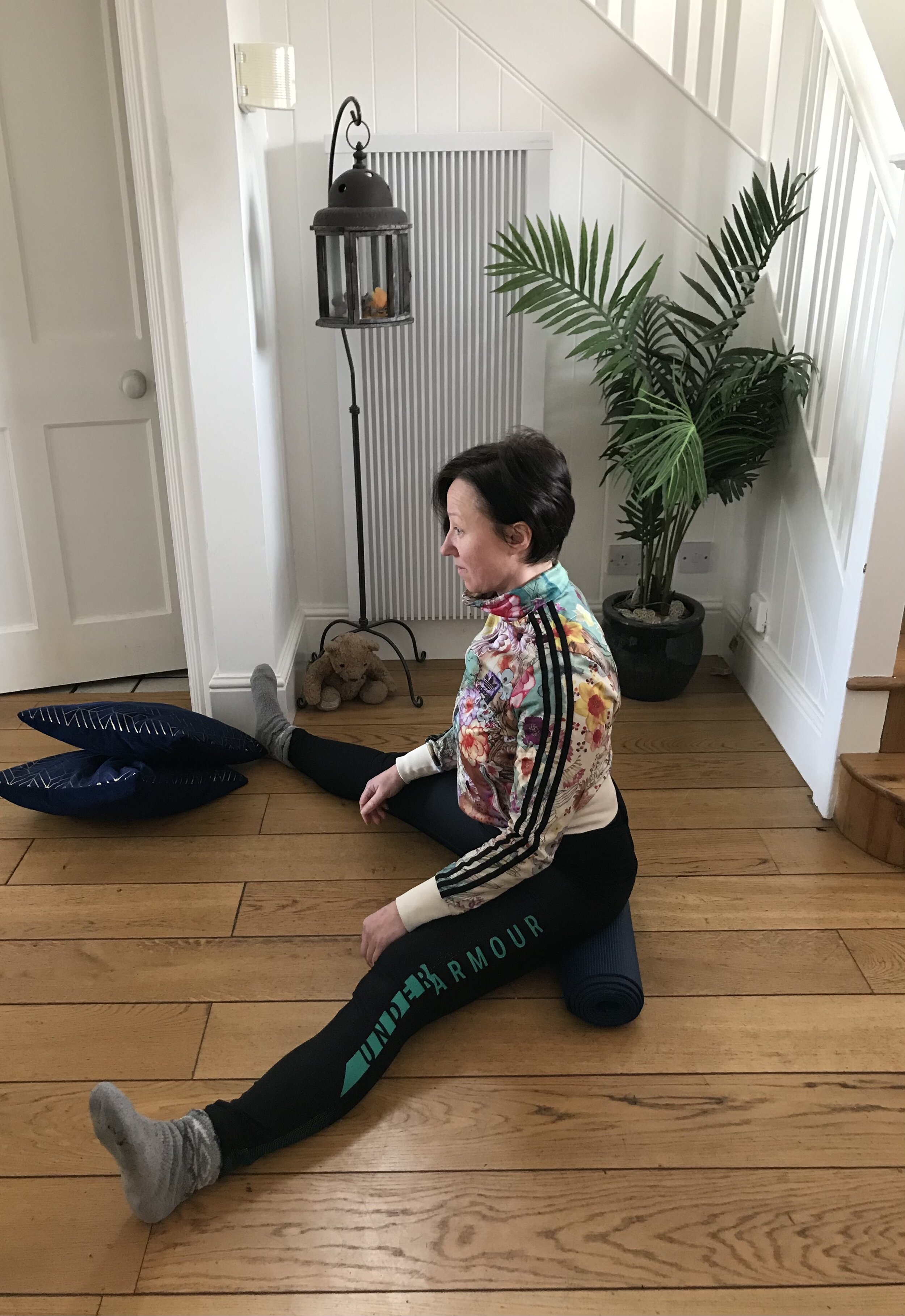Props or no props
It is interesting the different views I have come across over the years in relation to using props whilst teaching movement. Some trainings have suggested never using props, whilst others are all on for prop use. So what do I think?Well, firstly it depends on the individual you are coaching, what their current level of flexibility and strength is, and what their goals are? As a large percentage of people I teach are not spending hours everyday training movement, using props is a big part of my coaching. I find the use of props really facilitates the individual to get into a position that gives them access to being able to learn the required movement patterns for a particular task, whilst also creating safety in their nervous system. When the nervous system feels safe, movement is more easily accessible and learning takes place. If we are not able to experience the movement we are supposed to be doing, how are we expected to be able to do it? It’s a bit like asking someone that has never tasted coffee to tell you what coffee tastes like 🤔. Once the individual has familiarised themselves with this new learning, the props can then be gradually taken away.. I have personally found this to be very helpful both in my own training and in those that train with me. Of course there are some individuals out there that don’t require the assistance of props to find amazing looking shapes in their body, but I can tell you I am not one of those people and have only been able to access certain shapes by using props along the way .. so a big YES to props from me!!
Let’s use the pancake as an example (pic one)..
So when we look at the movement requirements for the pancake, first of all we need to be able to sit in a wide leg seated position. If someone is struggling to sit in this position with pelvis tucked and back rounded to begin (pic two), it is going to be very difficult for them to access the movement requirements necessary for the pancake, which is to anteriorly tilt the pelvis forward.
Whereas if you raise the pelvis from the floor and put them in a position where they can access pelvic movement and sense what it feels like to tuck and then move forward into an anterior tilt, they are then in a position to learn and in my opinion that could not be achieved if left on the floor. (Pic three)
Another way we could add a prop that might give an individual access to this movement is by bending the knees and propping the back of knees with some kind of bolstering. (Pic four)
And finally if pancake is something you are interested in here are some nice little tutorials that might help you access it.. hope you enjoy, and would love to hear your thoughts❤️
Pancake series
Diamond slides
https://vimeo.com/508406944/196901b858
Video one - Anterior Pelvic Tilt Test
https://vimeo.com/511114733/9dfdcf8d81
Video two - modifications to help find more range of motion
https://vimeo.com/511120351/ee10e2b87d
Video one - walking the pelvis
https://vimeo.com/513378823/e0b302d899
Video two - weighted forward fold




